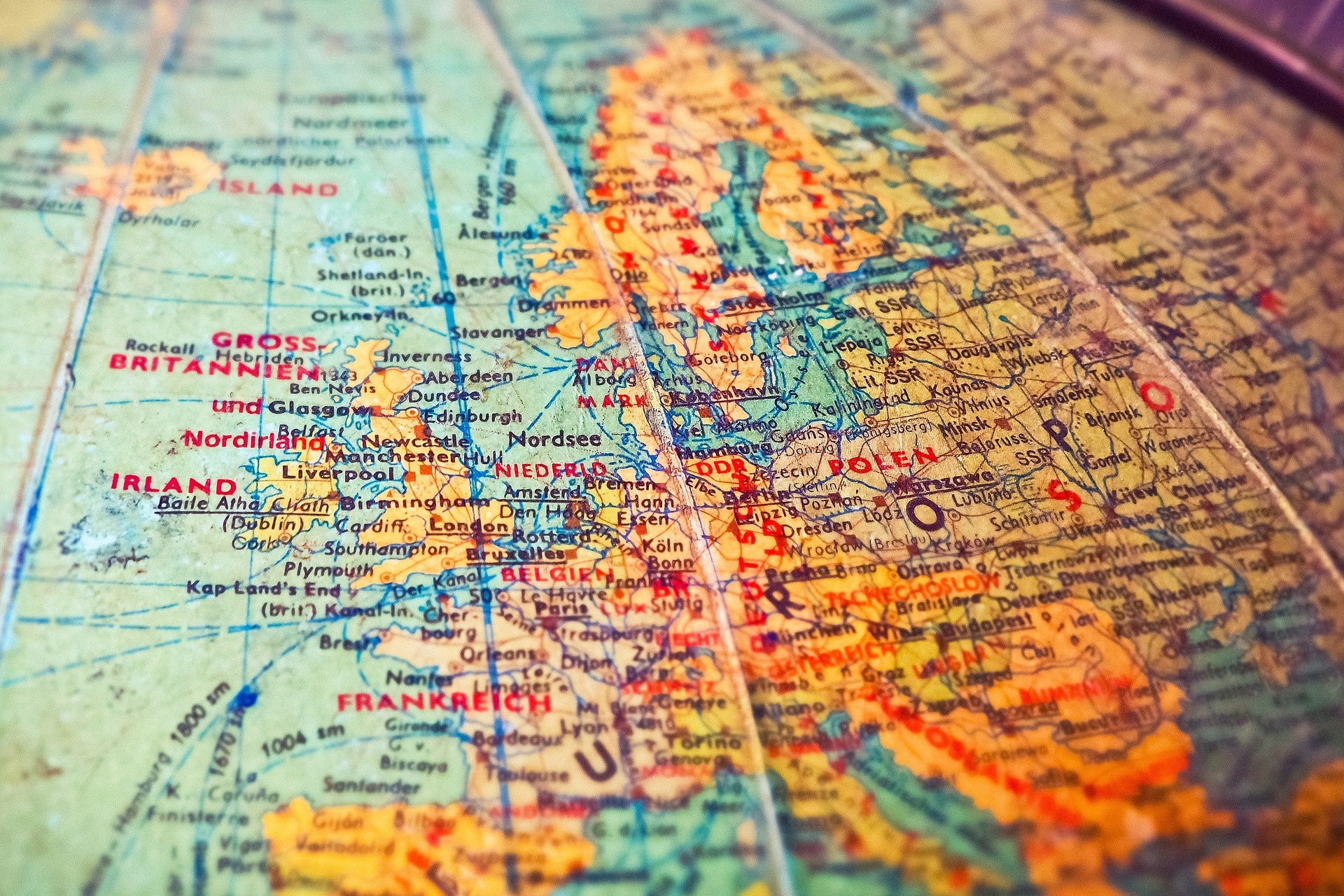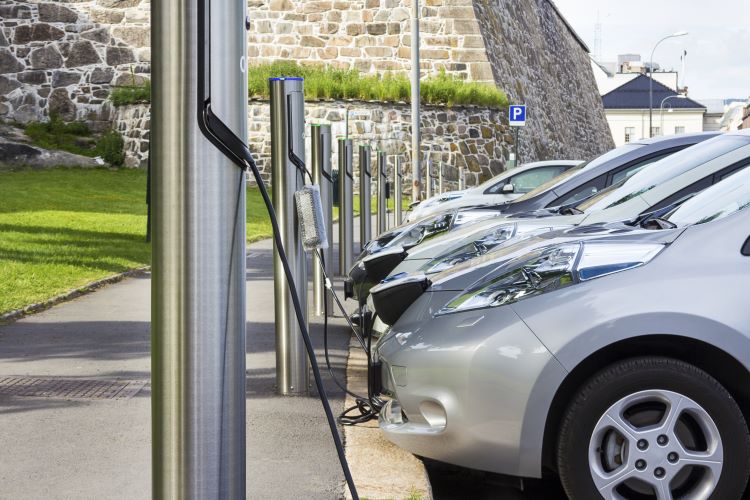Analyzing the Role of Executive Orders in the United States Government
Introduction: Executive Orders in the United States have often been at the center of significant policy shifts. This article dives into the intricate world of Executive Orders, tracing their historical significance, their current use, and their societal impact.

Evolution and Historical Context of Executive Orders
The concept of Executive Orders originated from the U.S. Constitution. The orders, issued by the U.S. President, serve as directives to the Executive Branch of the government. The first recognized Executive Order was issued by President George Washington in 1789, directing the heads of departments to prepare a report on their operations. Over the years, these orders have shaped and shifted the political and legal landscape of the country, facilitating rapid changes in government policy and direction.
The Legal Framework Governing Executive Orders
Executive Orders lie in a somewhat gray area of American law. While the Constitution doesn’t explicitly provide for them, it does vest the “executive power” in the President, from which these orders derive their legal standing. They are considered law as long as they are grounded in the Constitution or statutory law. Courts can, however, review these orders for their legality and constitutionality, a process known as Judicial Review.
Executive Orders in Current Times
In recent years, the use of Executive Orders has seen a significant increase. Presidents have used them to address various issues, from immigration to healthcare, often bypassing the traditional legislative process. This trend has led to debates about the balance of power in the U.S. government and the potential for Executive Orders to be used to circumvent the democratic process.
Societal Impact and Implications of Executive Orders
The impact of Executive Orders on society is far-reaching. They can affect everything from national security to social services. For instance, President Lincoln’s Emancipation Proclamation, an Executive Order, led to the end of slavery. Conversely, President Roosevelt’s order authorizing Japanese internment during World War II is widely criticized today. The implications of these orders extend beyond their immediate policy objectives, often shaping the nation’s political discourse and societal values.
Balancing Power and Progress: The Future of Executive Orders
The use of Executive Orders reflects the delicate balance between governance efficiency and democratic process. As a tool, they allow for swift action in the face of legislative gridlock. However, their potential for misuse also raises concerns about executive overreach. Moving forward, the challenge lies in ensuring that Executive Orders are used responsibly, reflecting the democratic values upon which the U.S. was founded.
In conclusion, Executive Orders play a crucial role in the U.S. government, allowing for rapid policy shifts and addressing urgent issues. However, with their increasing use and potential for societal impact, they remain a topic of legal and political debate. As the nation evolves, so too will the use and understanding of Executive Orders.






